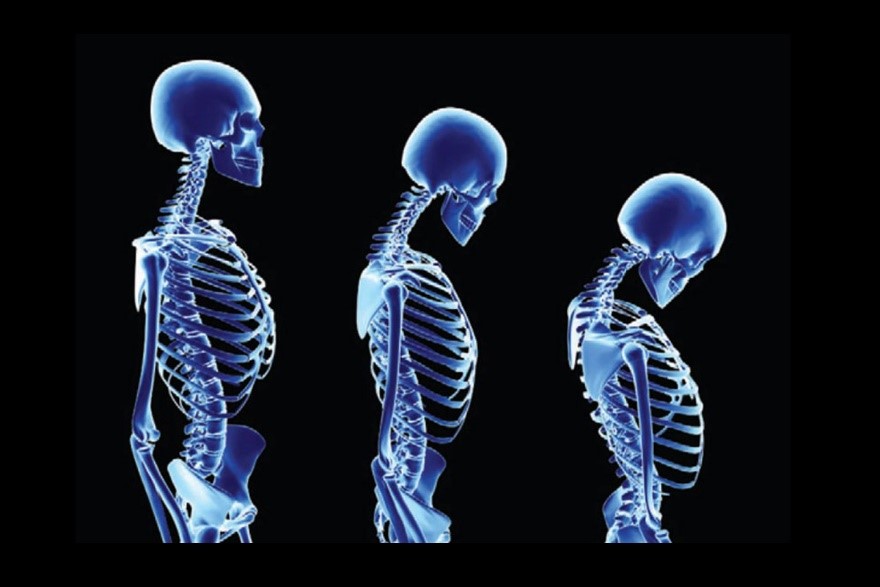Early Signs of Osteoporosis You Shouldn’t Ignore
As we age, our bones naturally lose mass and therefore become more prone to certain osteal (bone-related) conditions. One of the most common problems experienced by older people is a condition called osteoporosis.
Osteoporosis is not a rare disease by any stretch. In fact, approximately 1.2 million Australians have an osteoporosis diagnosis, with a further 6.3 million experiencing low bone density.
The disease aids the deterioration of bone tissue, causing a decrease in bone mass and a higher risk of fracture and pain. It most commonly affects over 50s but has been known to be present in younger populations too.
As with many diseases, early diagnosis and treatment helps you to manage the disease more effectively, maximising quality of life and minimising discomfort.
Unfortunately, osteoporosis is known as a ‘silent disease’. Many people don’t experience early symptoms or even realise they have the condition until after their first fracture. In some cases, the fracture itself can cause the disease.
It is therefore imperative that you remain proactive in understanding the subtle signs of osteoporosis and go for screening regardless of whether you have symptoms or not.
What Are The Signs?
The most obvious sign of osteoporosis is a fracture. This might occur from simply knocking yourself on a hard surface or tripping over. It could be that you’ve even had a fracture without realising it and experience discomfort and pain without understanding the root cause.
Another subtler sign of osteoporosis is a change in posture or a shortening in height. Therefore, measuring yourself regularly and assessing your posture in the mirror is helpful. If a family member mentions you’re walking or standing differently, it’s important that you listen to them and take action.

A vitamin D deficiency is also a sign that you might have osteoporosis. If you have been told by a health professional to take vitamin D supplements, this should act as a warning sign that you are at higher risk of developing the condition.
Of course, general pain and discomfort, or problems getting up from a seated position, are also signs of osteoporosis.
Who Needs Screening?
Typically, older people are most affected by osteoporosis, and so if you are over the age of 65, you should go for routine screening. During this screening, your bone density is measured and a qualified expert will tell you whether or not there is cause for concern. If you have experienced a fracture and are over the age of 50, you should also go for routine screening as a fracture itself can cause osteoporosis. Other risk factors include being postmenopausal and Caucasian, or if you are taking a medication that can increase the risk of developing osteoporosis (e.g. some cancer treatments).
The Diagnosis and Treatment
Bone strengthening medications can be given to a person living with osteoporosis. But environmental changes can be helpful too. For example, your home may need adapting slightly to reduce the risk of falling and fracturing a bone. Your diet may also be looked at to ensure you are getting enough bone-nourishing micronutrients.
The most crucial thing is that you know you have osteoporosis. A failure to diagnose osteoporosis is more likely to result in more serious injury such as hip fracture, requiring surgery.
At Bond Radiology, we want to help.
Book an Xray / BMD scan today and take proactive steps to preventing fractures and maximising good bone health.